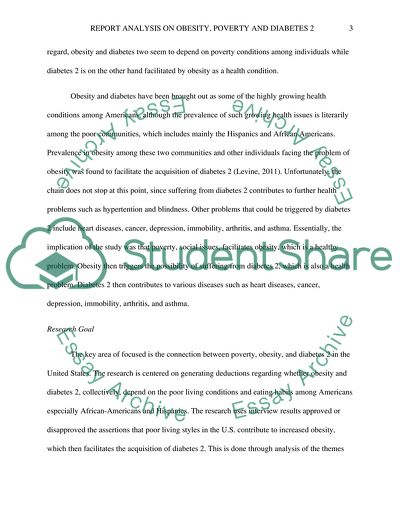Cite this document
(Obesity, Poverty and Diabetes Coursework Example | Topics and Well Written Essays - 1500 words, n.d.)
Obesity, Poverty and Diabetes Coursework Example | Topics and Well Written Essays - 1500 words. Retrieved from https://studentshare.org/health-sciences-medicine/1848432-research-methods-report-analysis-on-obesity-poverty-and-diabetes-2
Obesity, Poverty and Diabetes Coursework Example | Topics and Well Written Essays - 1500 words. Retrieved from https://studentshare.org/health-sciences-medicine/1848432-research-methods-report-analysis-on-obesity-poverty-and-diabetes-2
(Obesity, Poverty and Diabetes Coursework Example | Topics and Well Written Essays - 1500 Words)
Obesity, Poverty and Diabetes Coursework Example | Topics and Well Written Essays - 1500 Words. https://studentshare.org/health-sciences-medicine/1848432-research-methods-report-analysis-on-obesity-poverty-and-diabetes-2.
Obesity, Poverty and Diabetes Coursework Example | Topics and Well Written Essays - 1500 Words. https://studentshare.org/health-sciences-medicine/1848432-research-methods-report-analysis-on-obesity-poverty-and-diabetes-2.
“Obesity, Poverty and Diabetes Coursework Example | Topics and Well Written Essays - 1500 Words”, n.d. https://studentshare.org/health-sciences-medicine/1848432-research-methods-report-analysis-on-obesity-poverty-and-diabetes-2.


